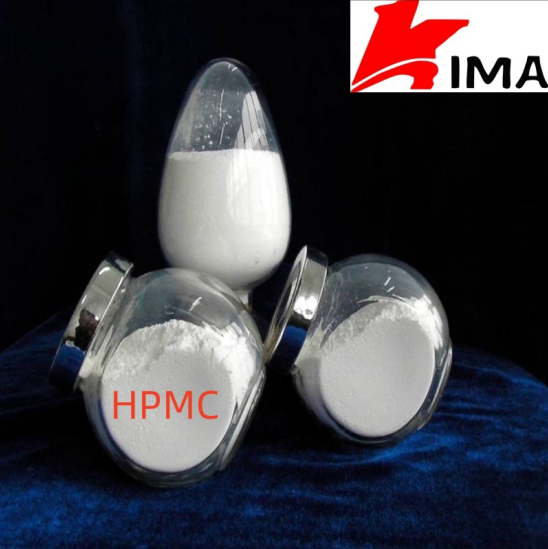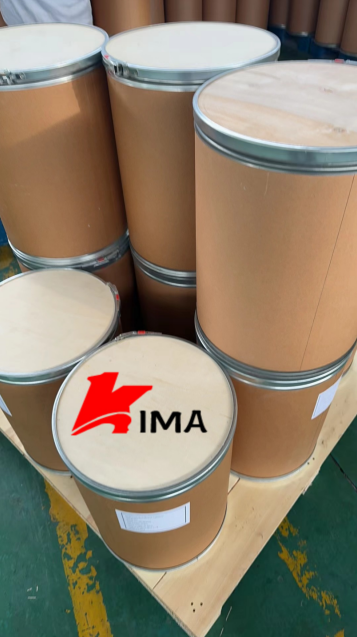Hydroxypropyl Methylcellulose (HPMC) is a common food additive widely used in the food, pharmaceutical and cosmetic industries. It is a non-ionic cellulose ether made from natural plant cellulose through chemical modification, with good water solubility, thickening, emulsification and stability.

1. Approval by regulatory agencies
HPMC has been approved for use in food by multiple international authorities. For example:
The U.S. Food and Drug Administration (FDA) lists it as a "Generally Recognized as Safe" (GRAS) substance for use in food and medicine.
The European Food Safety Authority (EFSA) allows it to be used as a food additive (E464) and sets corresponding safety standards.
China's National Food Safety Standard (GB 2760) also lists HPMC as a permitted food additive for all types of food.
2. Metabolic characteristics and safety
HPMC is not absorbed by the human digestive system. It is mainly used as a dietary fiber. It is not degraded or absorbed in the intestines, but is directly excreted through the digestive tract. This means that it will not have toxic effects on the human body and will not affect normal physiological metabolism. Studies have shown that moderate intake of HPMC will not cause adverse effects such as allergies, toxicity or carcinogenesis.
3. Application in food
HPMC is widely used in the food industry, and common applications include:
Baked foods: as a thickener and humectant, it can improve the taste and extend the shelf life of food.
Dairy products and beverages: used as an emulsifier stabilizer to prevent protein precipitation or stratification.
Low-fat foods: used to replace fat and provide better texture and taste.
Vegetarian capsules and gel foods: used as shell materials for vegetarian capsules, replacing gelatin, making them suitable for vegetarians.
4. Toxicology studies and safe doses
Multiple animal experiments and clinical studies have shown that HPMC has no obvious toxic side effects even at higher intakes. The Joint Expert Committee on Food Additives (JECFA) of the World Health Organization (WHO) and the Food and Agriculture Organization of the United Nations (FAO) believes that the daily allowable intake (ADI) of HPMC is "not specified", that is, it does not pose a health risk at normal consumption levels.
5. Possible effects of excessive intake
Although HPMC itself is safe, excessive intake may cause mild digestive discomfort, such as:
Since it is a type of dietary fiber, excessive consumption may cause bloating, diarrhea or constipation.
In extreme cases, excessive intake of HPMC and insufficient water intake may affect intestinal motility.

6. Suitable population and taboos
HPMC is suitable for most people, especially for lactose intolerant or vegetarians, it is a good choice of food additive. However, some people who are allergic to cellulose may need to consume it with caution. In addition, infants and people with weak digestive systems should avoid excessive intake to avoid gastrointestinal discomfort.
Hydroxypropyl methylcellulose is a safe, non-toxic, edible food additive that will not cause health hazards when used within the scope of international food safety standards. But like all food additives, reasonable intake is the key and excessive consumption should be avoided. For ordinary consumers, the amount of HPMC encountered in normal diet is far lower than any dose that may cause health problems, so there is no need to worry about its safety.
 English
English 日本語
日本語 français
français Deutsch
Deutsch Español
Español italiano
italiano русский
русский português
português العربية
العربية Türkçe
Türkçe Nederland
Nederland





